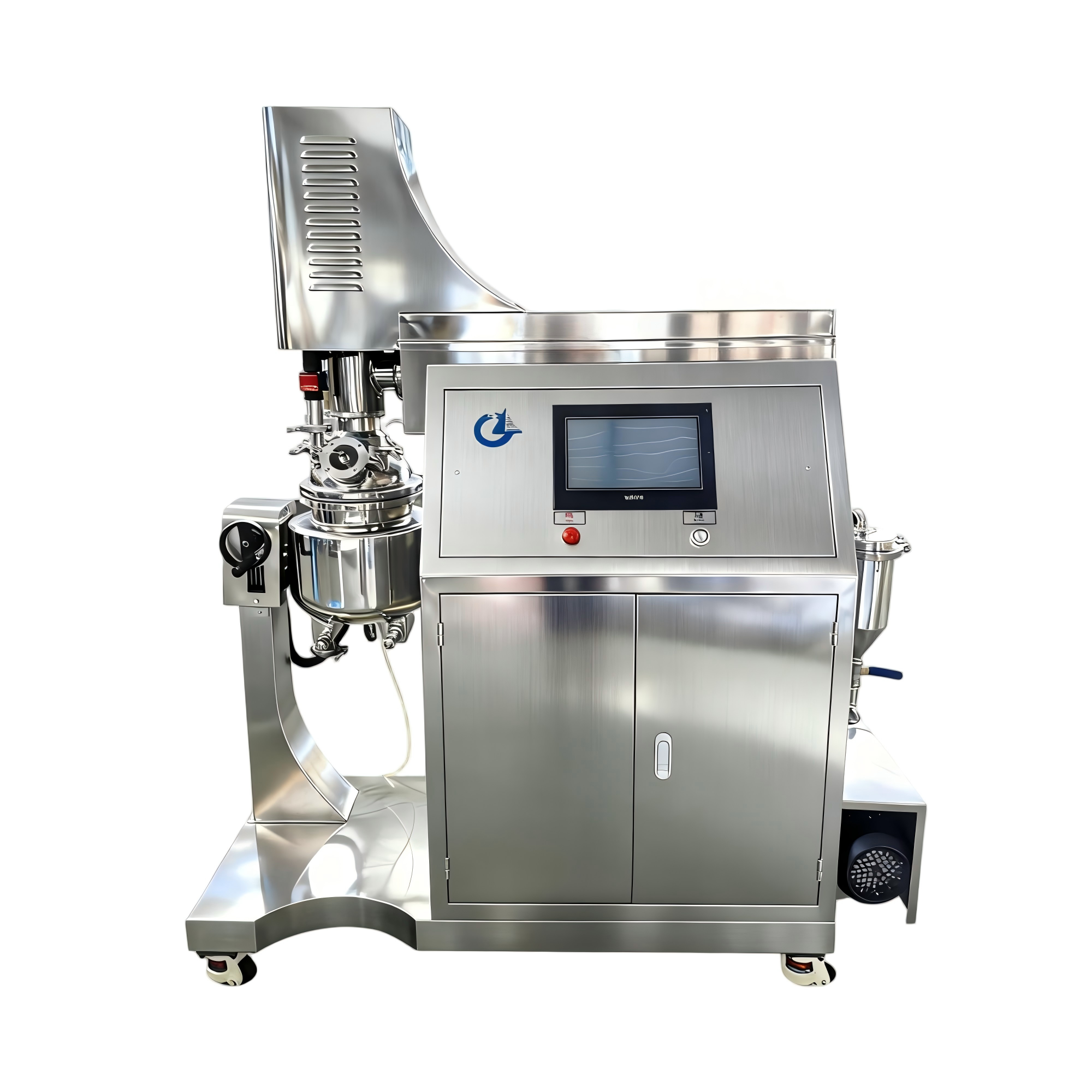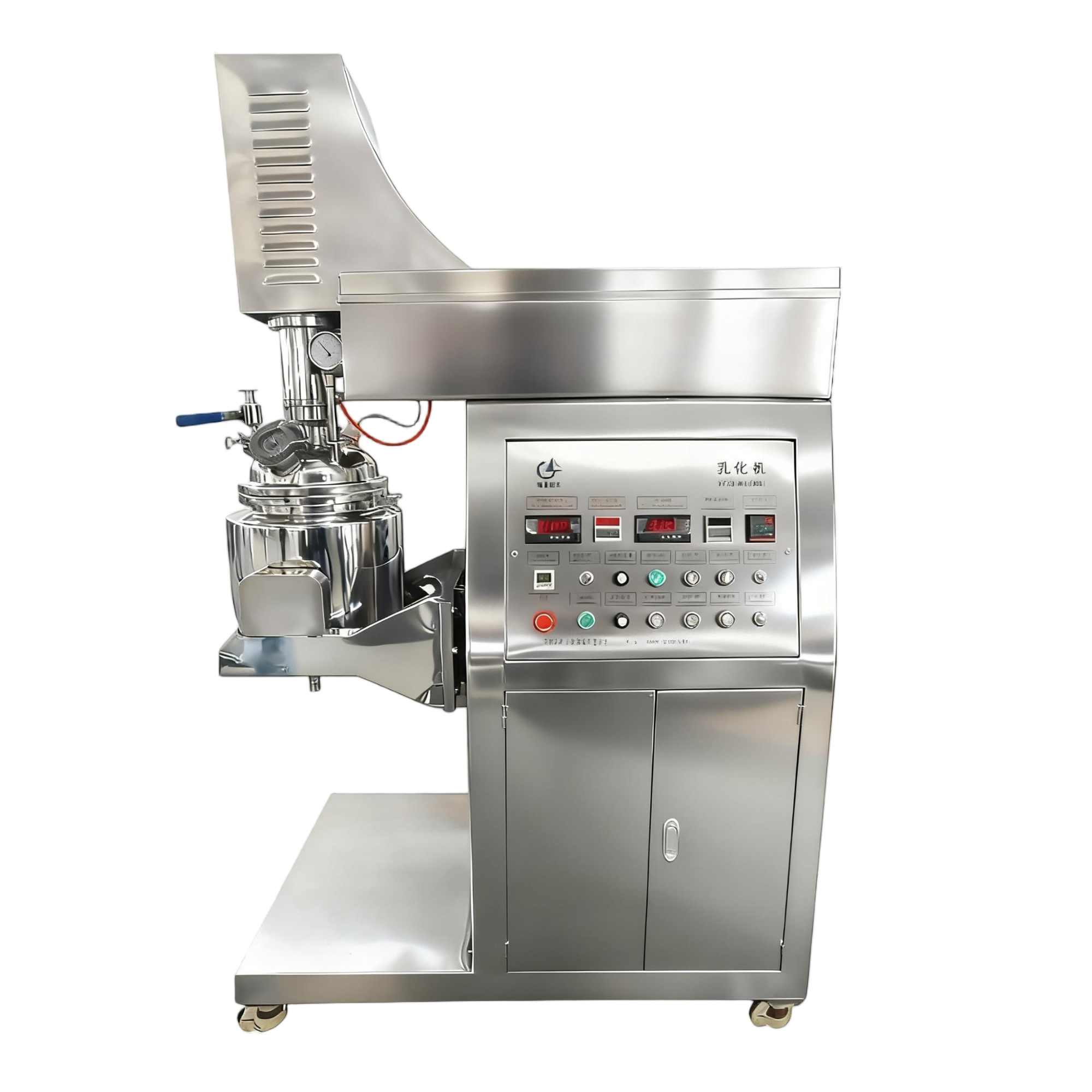Zero-Emission Mixing Solutions: Twin-Shaft Planetary Mixers Drive Eco-Friendly Steel Production
In steel manufacturing, where high-temperature processing and chemical treatments are ubiquitous, volatile organic compounds (VOCs), particulate matter, and energy waste have long challenged environmental compliance. Twin-shaft planetary mixers, equipped with advanced eco-friendly designs, are emerging as critical tools for steel manufacturers aiming to achieve zero-emission goals while maintaining production efficiency.
Sealing Technology: The First Line of Emission Control
A leading specialty steel producer recently deployed customized twin-shaft planetary mixers to address VOC emissions from its alloy binder mixing process. The core breakthrough lies in the equipment’s hermetic sealing system: a multi-layered gasket design (PTFE combined with metal mesh) eliminates flange leakage, while a magnetic drive coupling replaces traditional mechanical seals, reducing VOC escape points by 90%. During high-viscosity alloy paste mixing (viscosity up to 120,000 cP), the mixer maintains a negative pressure environment (-5kPa to -8kPa), preventing toxic fumes from dispersing into workshops.
Solvent Recovery: Closing the Material Loop
For processes involving volatile solvents (e.g., in cold-formed steel lubricant preparation), the integrated solvent recovery module proves transformative. The system captures 95% of evaporated solvents via a three-stage condensation process: first, a water-cooled condenser reduces vapor temperature to 40°C, followed by a refrigerated unit lowering it to 5°C, and finally, an activated carbon adsorption bed for residual purification. Recovered solvents are reused directly in production, cutting raw material consumption by 18% and eliminating 2.3 tons of hazardous waste monthly for the manufacturer.

Energy Efficiency: Reducing Carbon Footprint
Beyond emissions control, the mixer’s energy-saving design aligns with green production demands. A variable-frequency drive (VFD) adjusts motor output based on real-time load—reducing energy consumption by 22% during low-viscosity mixing phases. Waste heat from the motor and heating jacket is recycled via a heat exchanger to prewarm raw materials, slashing natural gas usage for preheating by 30%. These improvements helped the steelmaker reduce its carbon footprint by 1,200 tons annually.
Compliance and Beyond
Post-implementation, the manufacturer exceeded regional environmental standards: VOC emissions dropped from 80mg/m³ to 12mg/m³, well below the 50mg/m³ regulatory limit. Particulate matter emissions were eliminated entirely, while wastewater from cleaning cycles was reduced by 45% through a closed-loop filtration system.As global steel industries face stricter ESG mandates, twin-shaft planetary mixers demonstrate how targeted engineering—sealing, recovery, and energy recycling—can turn mixing processes from pollution sources into sustainability drivers. For steel manufacturers, such solutions are no longer optional but essential for long-term competitiveness in a carbon-constrained world.
News
- Latest News
- Solutions
- FAQ
Recommend Products
-
 5L Vacuum Emulsifying Homogenizer Mixer
5L Vacuum Emulsifying Homogenizer MixerThe 5L vacuum emulsifying mixer is a device designed for emulsifying and mixing various substances in a vacuum environment. This equipment is equipped with a mixing tank with a capacity of 5 liters and is widely applied in industries such as food, pharmaceuticals, cosmetics, and pesticides.
-
 5L PLC-Screen Vacuum Emulsifying Mixer
5L PLC-Screen Vacuum Emulsifying MixerThe 5L PLC-Screen Vacuum Emulsifying Mixer is a device designed for emulsifying and mixing various substances in a vacuum environment. This equipment is equipped with a mixing tank with a capacity of 5 liters and is widely applied in industries such as food, pharmaceuticals, cosmetics, and pesticides.
-
 10L Vacuum Emulsifying Homogenizer Mixer
10L Vacuum Emulsifying Homogenizer MixerThe 10L Vacuum Emulsifying Mixer is a device used for emulsifying and mixing various substances in a vacuum environment. It is commonly used in industries such as food, cosmetics, and pharmaceuticals.


 English
English Russian
Russian French
French Spanish
Spanish Portuguese
Portuguese Korean
Korean Japanese
Japanese Thai
Thai





